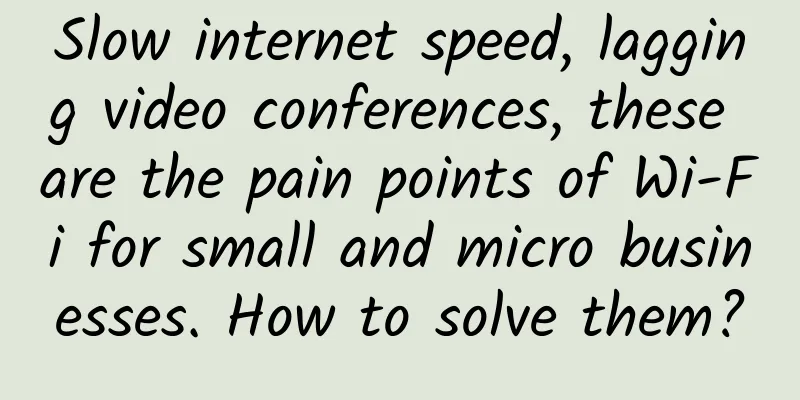Rethinking the future of 5G through the lens of extended reality (XR)

|
5G technology is developing globally, and Singapore, for example, has been rapidly advancing the popularization of 5G nationwide. In addition to the Infocomm Media Development Authority (IMDA) announcing that the country will phase out 3G networks as early as mid-2024, several local communications service providers (CSPs) have also demonstrated their 5G capabilities through transformative network plans released in the market. 5G networks are here to stay to prepare for the next era of innovation, and the Internet of Things (IoT) is expected to be one of the areas where 5G networks will have a significant impact, with the global 5G-IoT market expected to grow by more than $77 billion over the next four years. With the integration of IoT technology, devices can seamlessly communicate with the Internet in a fast and low-latency manner. In today’s digital-first era, the synergy of device connectivity at high network performance levels is critical for immersive online experiences such as extended reality, virtual reality, and augmented reality (XR, VR, and AR), especially through IoT devices in the form of associated virtual glasses. Synchronizing 5G and XRToday, the popularity of extended reality (XR) has given device manufacturers more confidence to occupy a place in the field of virtual, augmented and mixed reality. More importantly, XR shows the growing demand for visual clarity, unique audio and impressive network speeds in a single wireless user experience. This is where 5G technology comes into play, IoT devices such as XR glasses require audio speakers and headphones, visual sources, close vision, and a lot of synchronization between physical movements in real life and their virtual counterparts. When combining these elements, 5G technology can allow XR users to access their online experiences from almost anywhere, enabling real-time interactions, remote collaboration, and even living in virtual worlds. In fact, 58% of enterprises with future Metaverse ambitions have already deployed or piloted at least one Metaverse-related use case, and they see the greatest potential for XR in training and upskilling employees. With its diverse and transformative uses, 5G will undoubtedly have an impact on improving the connectivity of IoT devices and revolutionizing the way people live, work and interact with each other in their daily lives. However, in order to fully optimize 5G applications on XR technology, telecom and technology stakeholders must also be aware of technical complexities such as interference that may hinder the quality of 5G integration on relevant devices. Overcoming interference issuesWhen multiple IoT devices operate in the same location and their signals cross, interference may occur. In the case of XR, this experience requires advanced artificial intelligence (AI) technology, improved sensing and interface devices, optical lenses, system processors, and power amplifiers. Therefore, if these devices do not work in sync, latency may increase and lead to degraded network performance and poor user experience. The use of sophisticated signal processing techniques such as multi-antenna systems and smart antennas is key to reducing interference, as both tools are built on the basis of improving signal quality. Antennas can be embedded in the XR glasses themselves to optimize network signal connections. However, at the same time, the positioning of antennas in such devices must also prioritize the safety of the wearer, which requires additional in-depth research into antenna technology to ensure a safe, reliable and high-performance end product. Ultimately, integrating 5G with IoT services such as XR is complex. This makes it even more important for companies to research and attract key technology partners who can overcome the knowledge gaps in the transition to 5G applications. Opening up new areas of connectionThe convergence of 5G technology and XR is a critical step toward enhancing global connectivity, unlocking new social and economic opportunities, and even moving toward the much-anticipated virtual universe. However, given the complexity of the IoT ecosystem, companies using XR must be aware of the situation and make choices when building a 5G-integrated infrastructure. Nevertheless, the benefits that 5G technology can bring to enterprises are endless. They help to enhance business processes, increase productivity, reduce downtime, and improve customer satisfaction. Still, even when tying these benefits to the ambitious 5G goals, we have only just begun to tap into the vast integration possibilities of 5G in various digital fields. While we have already witnessed integration with XR, we expect more 5G integration innovations to emerge and flourish in the near future, shaping a new landscape of 5G and XR technologies. |
>>: Expert Feature: To the 2G Era That Will Eventually Pass Away
Recommend
5G message white paper is about to be released, and traditional SMS will usher in a major change
With the advent of the 5G era, traditional SMS se...
China leads in 6G patent applications, satellite communication technology attracts attention
On April 26, the Intellectual Property Developmen...
How many layers are in the TCP/IP protocol stack that you are learning? The standard answers in textbooks are changing
Overview Network knowledge is extensive and profo...
A Deep Dive into Data Link Layer Devices
In computer networks, there are multiple layers t...
These 8 IT infrastructure terms IT practitioners should know
IT infrastructure is changing rapidly. Specifical...
Quick introduction to IM communication technology: short polling, long polling, SSE, WebSocket
Preface • Hello, everyone. I’m Lorraine. For deve...
Network literacy post: Fix the missing gateway address in 10 seconds
A few days ago, I received a request for help fro...
Ten advantages of structured cabling system
As wireless networking becomes more of a necessit...
DeepMind Nature published: AI achieved major progress in mathematics for the first time
[[439094]] Mathematics is an ancient discipline t...
DPtech and Zhejiang Provincial People's Hospital jointly established a network security operation and maintenance demonstration center
Recently, the network security operation and main...
Public cloud + 5G core network, is the wolf really coming?
This article is reprinted from the WeChat public ...
HOSTEROID: €1.5/month KVM-512MB/10GB/324GB/Vienna & New Jersey & London
HOSTEROID is a British hosting company founded in...
Revolutionizing Connectivity: Benefits of Power over Ethernet Solutions
Revolutionizing Connectivity: The Untold Benefits...
What is the investment direction of the 5G trend?
Countries and regions are actively preparing for ...
[11.11] LOCVPS: 30% off on all VPSs/50% off on some VPSs, 50 yuan bonus for 300 yuan top-up, KVM/XEN multiple computer rooms available
LOCVPS (Global Cloud) officially launched the Dou...









